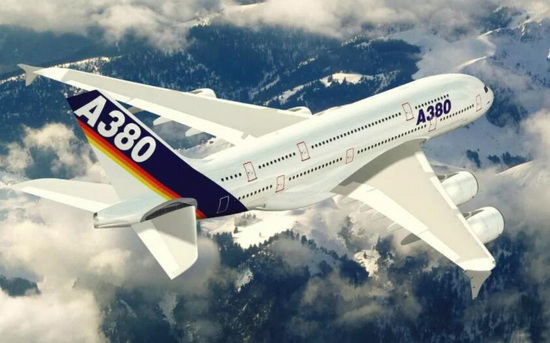
Big Bird’s Short Flight
It is the biggest passenger plane to ever fly carrying an incredible 800+ passengers on two decks. Airlines that ordered one of these monsters had to negotiate with airport authorities to upgrade their infrastructure in order to accommodate these beasts as unlike other aircraft the Airbus A380 loaded passengers from two separate levels. Last week Airbus announced the cancellation of the A380 after little more than a decade in the air. This story is about a company that got so focused on beating their competition that they forgot about their customers.
The story of the A380 starts back in the late 1990’s. Airbus was successfully competing in the single aisle aircraft market with its A320 line eating into Boeing’s market share. The success of the A320 put a swagger in Airbus’s step but as successful as the plane was, Airbus couldn’t help but peer enviously across the tarmac at Boeing’s Jumbo 747. The Boeing 747 was dominating the skies in the long-haul monster aircraft segment. With passenger loads rising in the late 1990’s it was Boeing who initially proposed developing the 800+ passenger aircraft as a joint venture with Airbus. Boeing had concluded that there wasn’t a big enough market for more than one developer and was keen to share the risk. Airbus, anxious to beat Boeing and show the world that they could be the premier aircraft manufacturer in the world, saw their chance and decided to strike out on their own ……..and strike out they did.
The A380, like all Airbus aircraft, was a Europe wide project and quickly became a logistical nightmare. Typical of Airbus, the plane parts were assembled across Europe but this time they were supersized. The wings were built in the UK and shipped across the English Channel; the giant fuselage assembled in Toulouse and everything was trucked to Hamburg for final assembly. The huge plane spent more time on barges and trucks negotiating ground transport logistical headaches than it did in the sky.
Before the A380 even got off the ground, this long-haul aircraft had a predictably short flight path. The hub and spoke system of transporting mass amounts of passengers to a hub and doing their last leg on a smaller plane was being supplanted by a point to point model using smaller, fuel efficient planes. Ironically, the smaller Airbus A320 was already participating in this trend in the short haul market but completely missed the point to point concept in a long-haul strategy. Boeing, however, slotted into it nicely with their fuel efficient 787. Airbus got so focused on beating Boeing they forget to check in with the changing needs of the market. To top it off, the A380's design was not suited for a cargo carrying role, so once the market changed they had no other options. In the end the flagship aircraft of Airbus enjoyed more photo ops with politicians than flying paying passengers.
What can we learn from Airbus’s A380
1. Stay focused on the Market. Winning means winning the market. It doesn’t always equate with beating the competition. There is a big difference – don’t confuse the two!
2. Be objective: There is no place for egos in strategic decisions. The goal of wanting to be the biggest plane manufacturer led to many mistakes at Airbus including the A380.
Airbus is a Euro company and a consortium of three aircraft industries based in the UK, France and Germany. How much the political climate of each country played into the decision to move forward with the A380 is up for speculation; however, as cool as the plane is the market for the giant A380 was always a big question mark.

 沪公网安备 31011502013770号
沪公网安备 31011502013770号